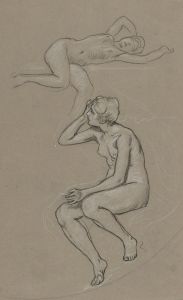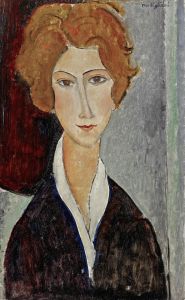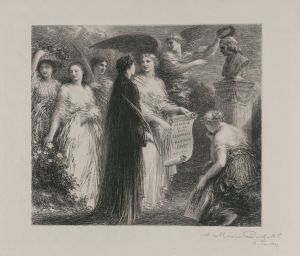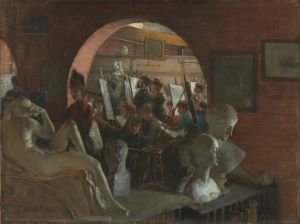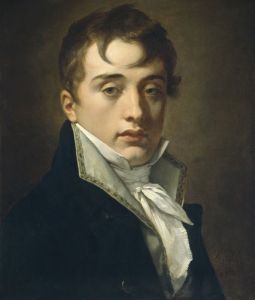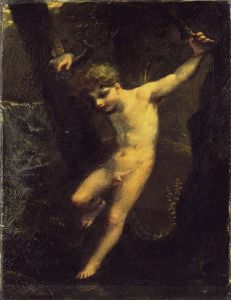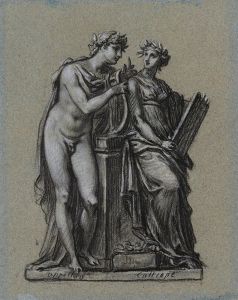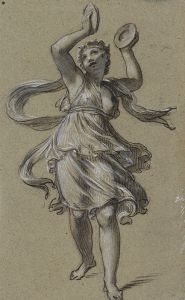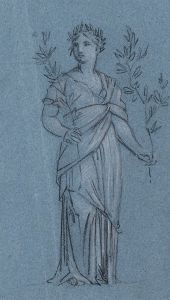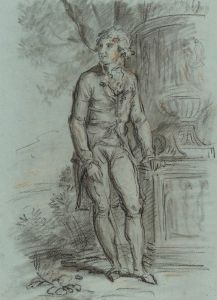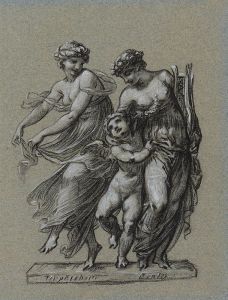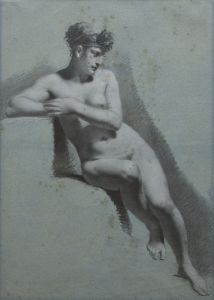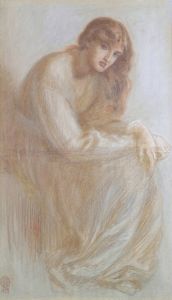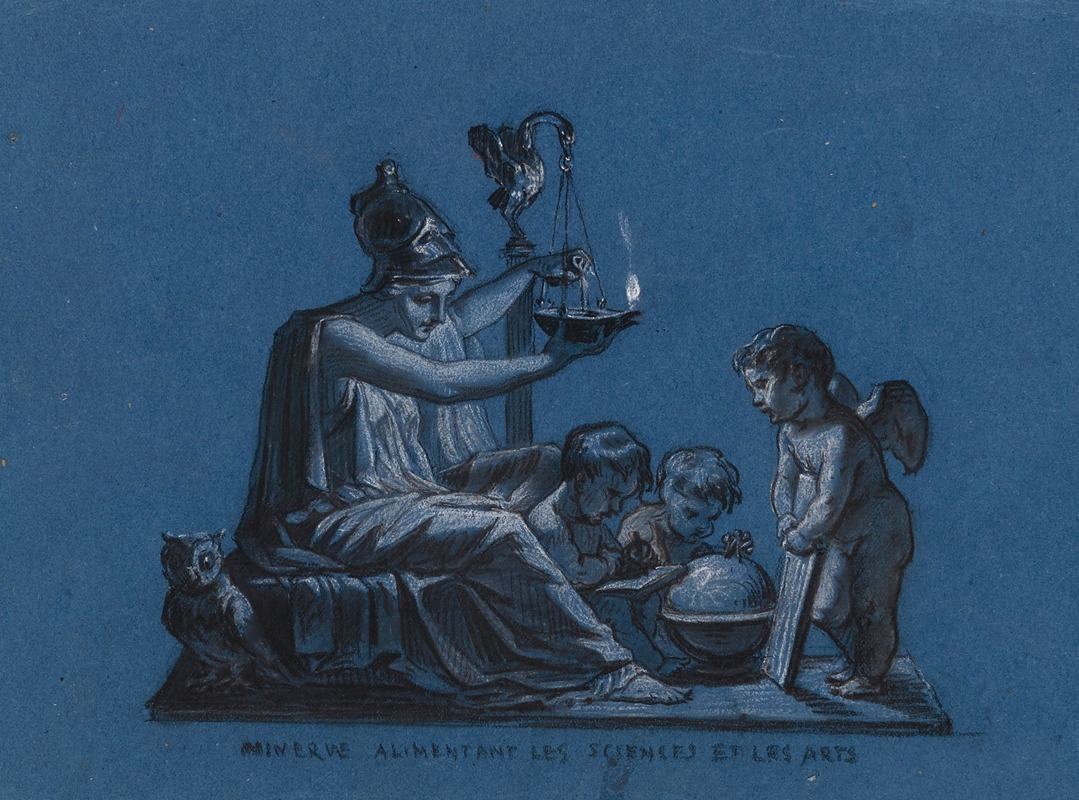
Minerve alimentant les Sciences et les Arts
A hand-painted replica of Pierre-Paul Prud'hon’s masterpiece Minerve alimentant les Sciences et les Arts, meticulously crafted by professional artists to capture the true essence of the original. Each piece is created with museum-quality canvas and rare mineral pigments, carefully painted by experienced artists with delicate brushstrokes and rich, layered colors to perfectly recreate the texture of the original artwork. Unlike machine-printed reproductions, this hand-painted version brings the painting to life, infused with the artist’s emotions and skill in every stroke. Whether for personal collection or home decoration, it instantly elevates the artistic atmosphere of any space.
Pierre-Paul Prud'hon, a notable French painter of the late 18th and early 19th centuries, is renowned for his unique style that blends Neoclassicism with Romanticism. One of his significant works, "Minerve alimentant les Sciences et les Arts" (translated as "Minerva Feeding the Sciences and the Arts"), exemplifies his artistic prowess and thematic interests.
Created in 1808, this painting was commissioned as part of the decorative scheme for the ceiling of the library in the Palais du Louvre, Paris. The work reflects the Enlightenment ideals prevalent during Prud'hon's time, emphasizing the importance of knowledge, education, and the nurturing of intellectual and artistic pursuits.
The painting features Minerva, the Roman goddess of wisdom and strategic warfare, who is often associated with the Greek goddess Athena. In this work, Minerva is depicted as a nurturing figure, symbolizing the support and sustenance of intellectual and artistic endeavors. This portrayal aligns with the Enlightenment view of reason and knowledge as guiding forces for progress and civilization.
Prud'hon's depiction of Minerva is characterized by his signature style, which combines soft, ethereal lighting with a delicate and graceful rendering of figures. This approach creates a sense of harmony and tranquility, inviting viewers to contemplate the serene yet powerful presence of the goddess. The composition is carefully balanced, with Minerva centrally positioned, surrounded by allegorical figures representing various sciences and arts. These figures are depicted in dynamic poses, suggesting movement and interaction, which adds a lively and engaging quality to the scene.
The color palette employed by Prud'hon is subtle and harmonious, with muted tones that enhance the painting's dreamlike quality. This choice of colors, along with the soft contours and gentle transitions between light and shadow, contributes to the overall sense of calm and introspection that characterizes much of Prud'hon's work.
"Minerve alimentant les Sciences et les Arts" is not only a testament to Prud'hon's skill as a painter but also serves as a reflection of the cultural and intellectual climate of early 19th-century France. The painting embodies the values of the Enlightenment, celebrating the pursuit of knowledge and the nurturing of the arts as essential components of a civilized society.
Prud'hon's work was highly regarded during his lifetime, and he was often compared to his contemporaries, such as Jacques-Louis David. However, Prud'hon's style was distinct, marked by a softer, more emotional approach that set him apart from the more rigid Neoclassical style of David. This emotional depth and sensitivity in Prud'hon's work have contributed to his lasting legacy in the history of art.
Today, "Minerve alimentant les Sciences et les Arts" remains an important piece within the collection of the Louvre Museum. It continues to be appreciated for its artistic beauty and its representation of the values and ideals of its time. Prud'hon's ability to convey complex themes through graceful and harmonious compositions ensures that his work remains relevant and admired by art enthusiasts and scholars alike.





